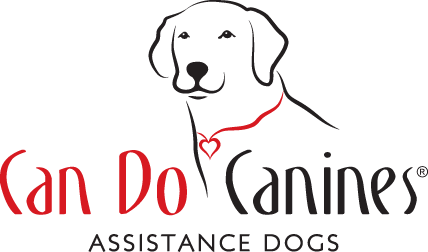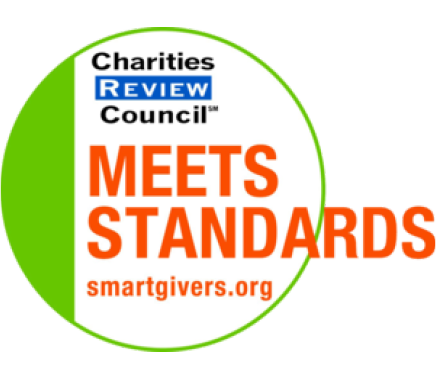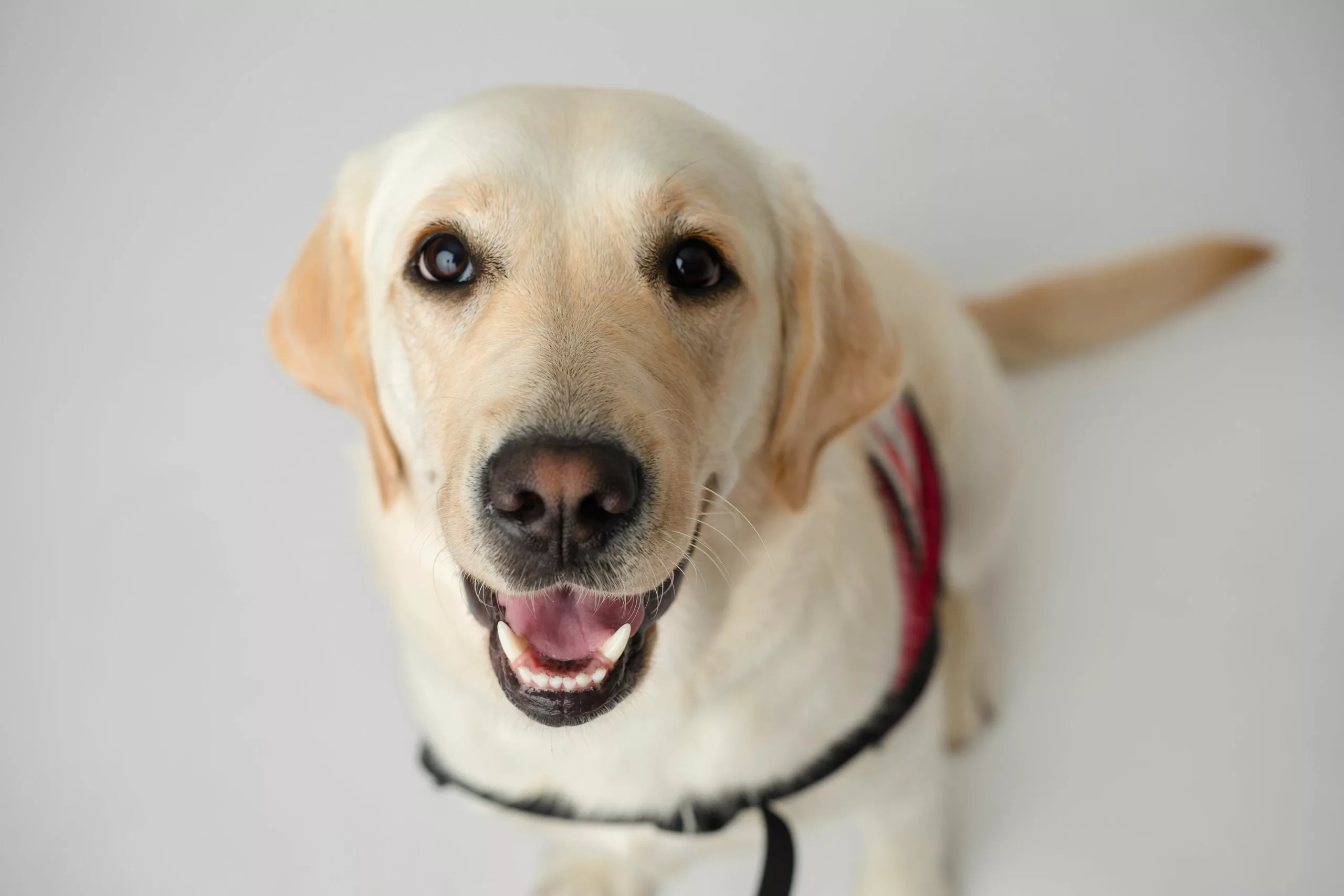Becoming a Dog Person
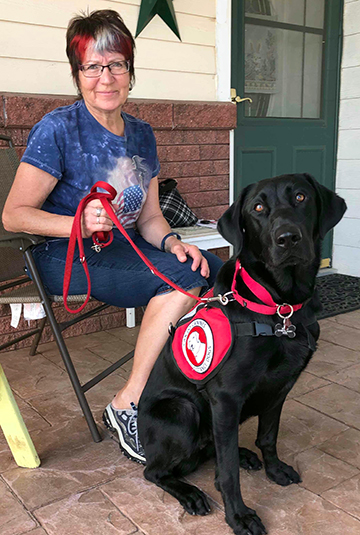
Karen Kelley never imagined she’d become a doting dog lover in her retirement years. But three years after retirement, wherever Karen goes, a handsome Labrador Retriever named Scout is at her side. She’s Scout’s source of treats, commands, and tosses of the “tuggy.” And Scout is, literally, her lifesaver as her Diabetes Assist Dog, alerting her when her blood sugar drops and getting whatever help she needs.
When Karen developed Type 1 diabetes out of the blue about 16 years ago from a virus, she was shocked. Needing constant injections “broke my heart,” she said. Karen adjusted and eventually got an insulin pump. Then as the years wore on, she stopped getting warning symptoms when her blood sugar dipped. This is known as hypoglycemia unawareness and can be very dangerous. “Before, I knew the minute I was going low. But then I didn’t get symptoms [anymore].”
Many times, her symptoms became so severe that she couldn’t drink juice or take a glucose tablet because she would risk choking on either of them. When this happened, her husband, Mike, coworkers, or others had to give her a shot of glucagon. Once, on vacation in Florida, 911 was called. “It took four firemen to hold me down and inject me,” she said. Finally, her endocrinologist recommended a Diabetes Assist Dog. “I knew nothing about [assistance] dogs and didn’t know anybody who had one.” Furthermore, her family had never had an indoor dog and hadn’t owned a dog at all for years.
A Life-Saving Nudge
After applying to Can Do Canines, Karen waited 13 long months for the letter stating that she’d been matched with Diabetes Assist Dog Scout. For a week she stayed at Can Do Canines to receive training with Scout. Together, they went to malls, stores, pet stores, restaurants, and other locations as they practiced the skills Scout would use to help Karen.
Their practice started with Scout quickly finding the scent samples saturated with Karen’s “low blood sugar” breath, then alerting her to her low blood sugar by nudging her with his nose. Finally, he would fetch juice, glucose, or a person to help. “He was very good at it,” Karen said. Scout alerts Karen to her low blood sugar an average of twice a week. “He’s alerted me in a restaurant, in a doctor’s office, in church, and a lot in the evening at home when we’re just chilling out after supper,” Karen said. “It just blows my mind every time he does it—it’s so amazing.”
Not only are Scout’s skills amazing, but he’s doing life-saving work. Low blood sugar incidents are dangerous and potentially fatal. For those with Type 1 diabetes with hypoglycemia unawareness, Diabetes Assist Dogs alert their handler to low blood sugar before they’re in a dangerous situation. “He alerts me before I’m in trouble and unaware,” Karen said. Since Scout joined the family, he hasn’t missed a low blood sugar incident. Scout knows his job is important, so he’s persistent. When alerting Karen, “he doesn’t give up,” she said. One night when Karen was engrossed in a TV program and didn’t respond to his nudges, Scout ran to another room and alerted her husband, Mike.
Very Grateful
Mike, their three grown children, and two grandchildren are as grateful as Karen is for Scout. “Scout is just a part of me now,” Karen said. “I am so grateful for Scout. He’s a lifesaver. I’m a Can Do Canines freak now. It’s an awesome organization. I’ll do anything I can to help [make Can Do Canines assistance dogs] available for other people.”
Thank you to all those who made this partnership possible:
Great Start Home: Karin Balgaard
Puppy Raiser: The inmate handlers at FCI Sandstone
Special Thanks: The Balgaard family and Andrea Flor
Name-A-Puppy Donor: Kathy Dougherty
Dog Donor: Jordan Hage
You: Thank you for your donations!
